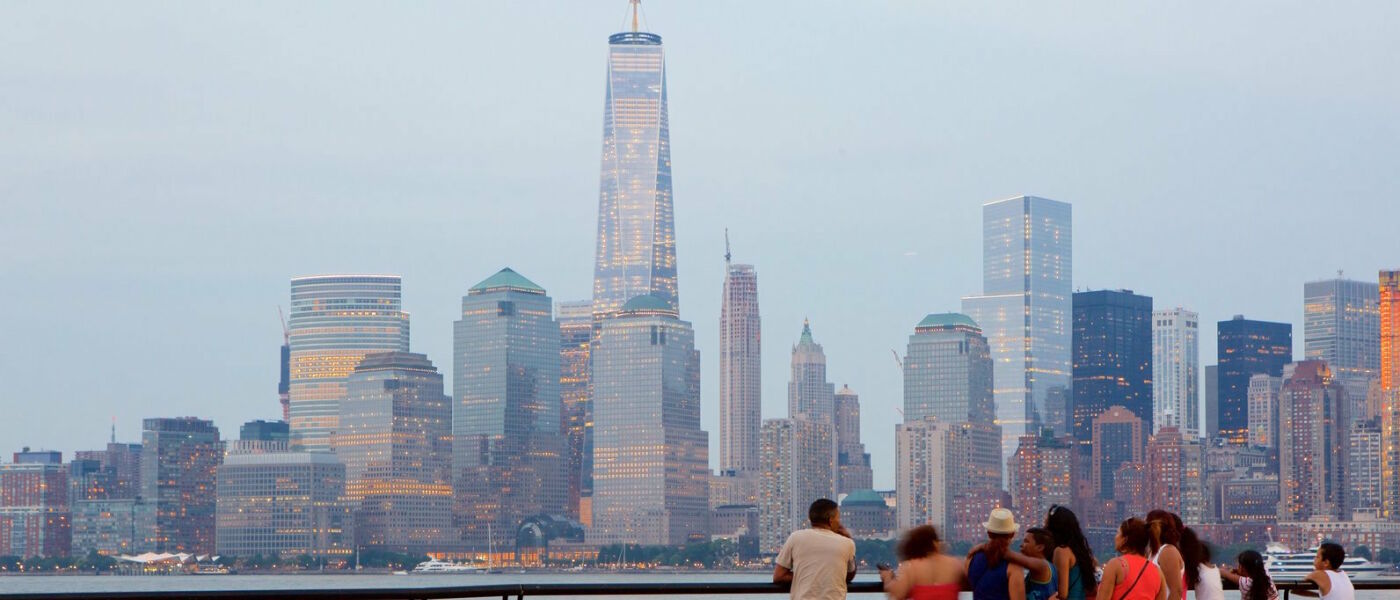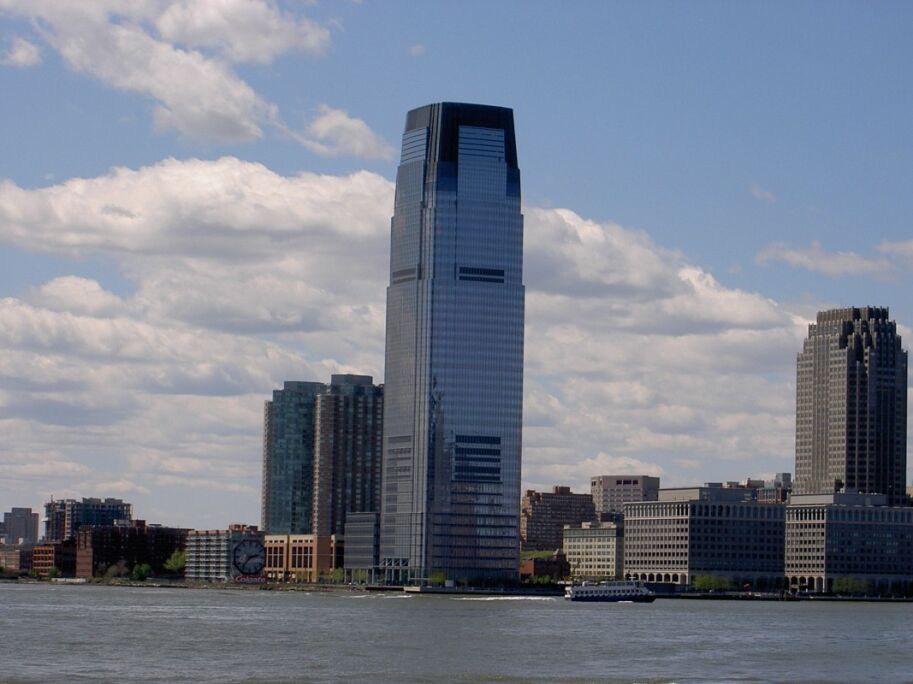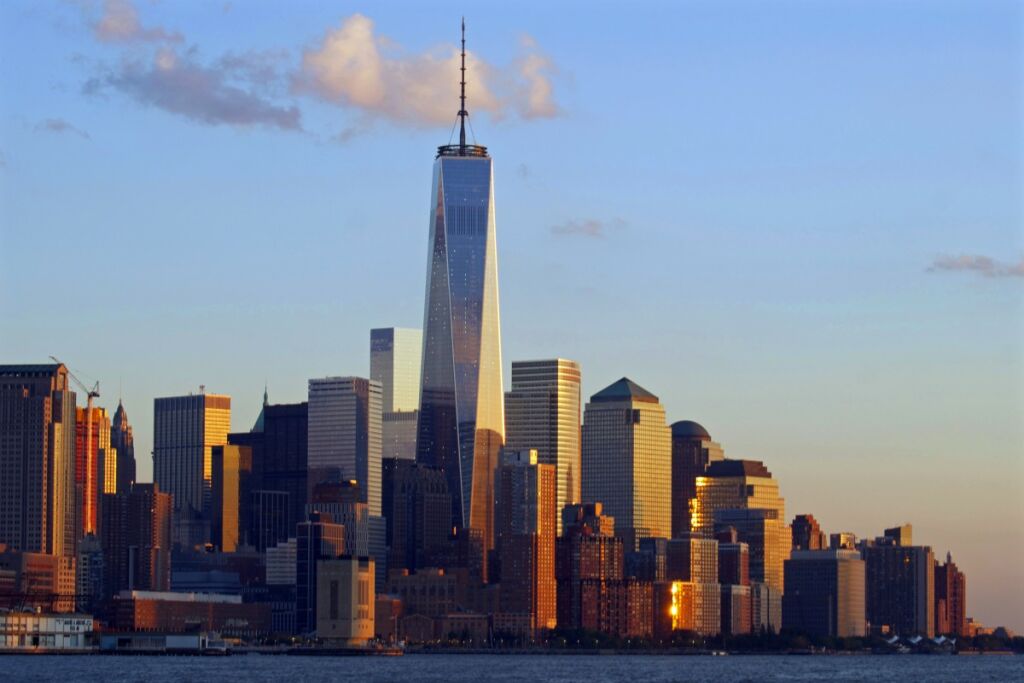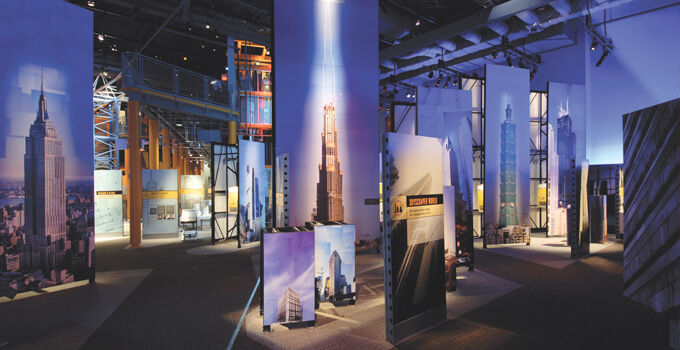Liberty State Park's neighboring skyscrapers are a sight to behold
With views of the Statue of Liberty, Ellis Island, and the Hudson River, the walk through Liberty State Park is nothing short of spectacular. Although Liberty State Park is a great place to enjoy the beauty of nature, it’s also the perfect location to take in some of the area’s greatest man-made marvels.
On this side of the river, there’s 30 Hudson Street, also known as the Goldman Sachs building, which is located right in Jersey City and lays claim to the title of New Jersey’s tallest tower.
The main attraction, however, is the New York City skyline right across the river.
From almost anywhere in Liberty State Park, visitors can see One World Trade Center, often called the Freedom Tower, dominating the Manhattan skyline, and it is surrounded by several other famous skyscrapers, such as the Woolworth Building, 30 Park Place, and 40 Wall Street. Those who take the time to look can even see the Empire State building and the Chrysler Building in the distance while walking along the Hudson River Waterfront Walkway.
People who have grown up in this area often take these sky-high structures for granted, but the modern skyscraper is one of science’s most magnificent creations, and the Skyscraper exhibit here at Liberty Science Center is a huge testament to that. Partly inspired by the view from Liberty State Park as well as by skyscrapers around the world, the Skyscraper exhibit shows the way that science has influenced the design and construction of these buildings throughout history. Although skyscrapers may once have been viewed as urban monstrosities, continual advances in science and technology have transformed them into some of the most environmentally friendly, beautiful, and comfortable places to live and work.
None of this would have been possible without major inventions, such as the safety break elevator in 1853, and the more modern development of the curtain wall, an external surface that hangs from many skyscrapers’ skeletons in order to provide decoration and weather protection. Other major scientific advances have helped designers combat wind, shadow, and sway in order to build skyscrapers that are taller and taller each year while remaining comfortable, convenient places for people to live and work. New technology has also helped make sure that today’s skyscrapers and those inside stay safe in the case of emergencies such as earthquakes or fires.
Visitors to Liberty Science Center can learn more about our neighboring skyscrapers through hands-on exploration. In the Skyscraper exhibit, guests can build their own skyscrapers on the shake table and then put them through simulations of historic earthquakes to see how well they hold or play with foam blocks to understand the way a skyscraper can be shaped to allow the maximum amount of sunshine to reach the ground below.
Learn more about the exhibit here.



